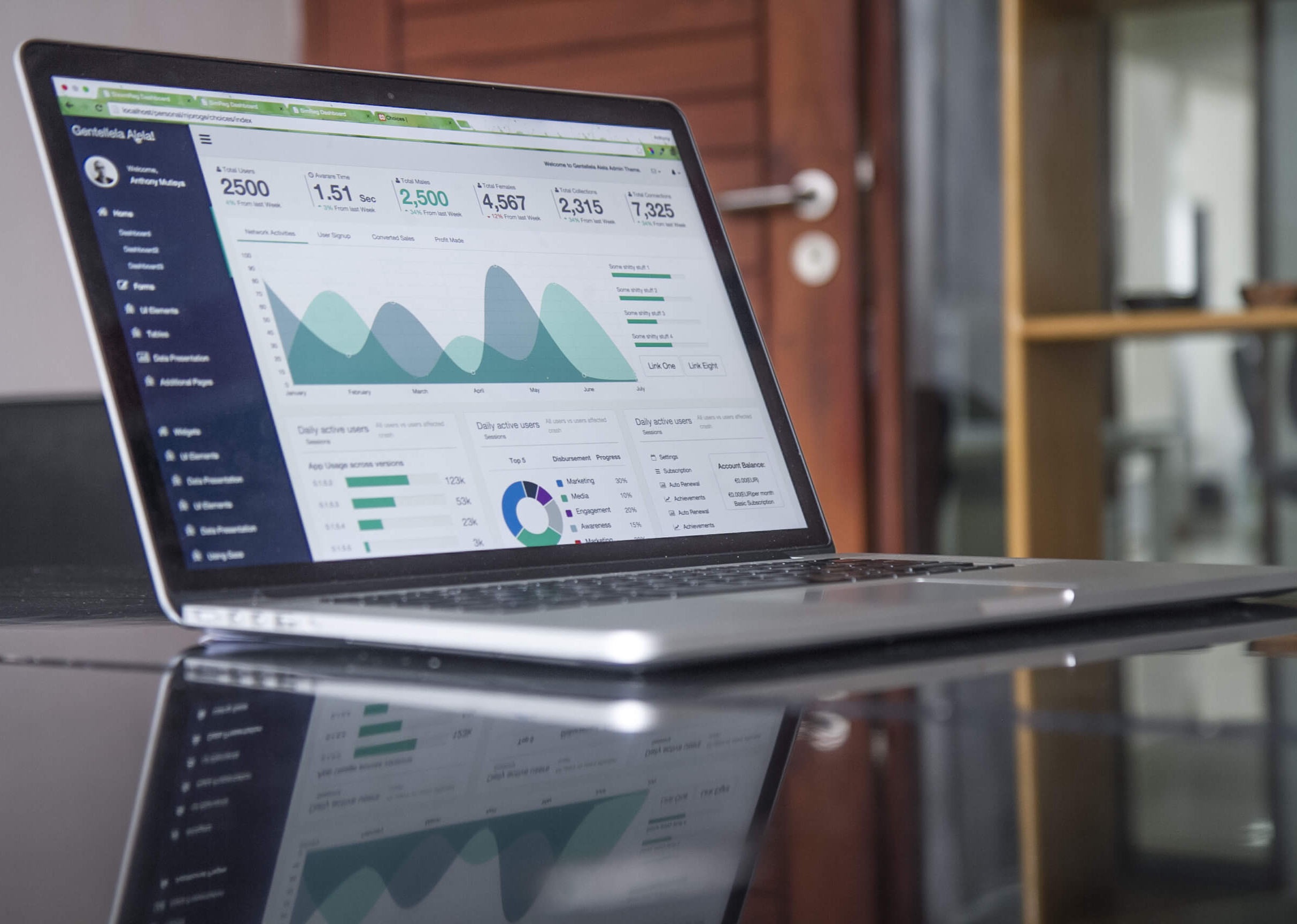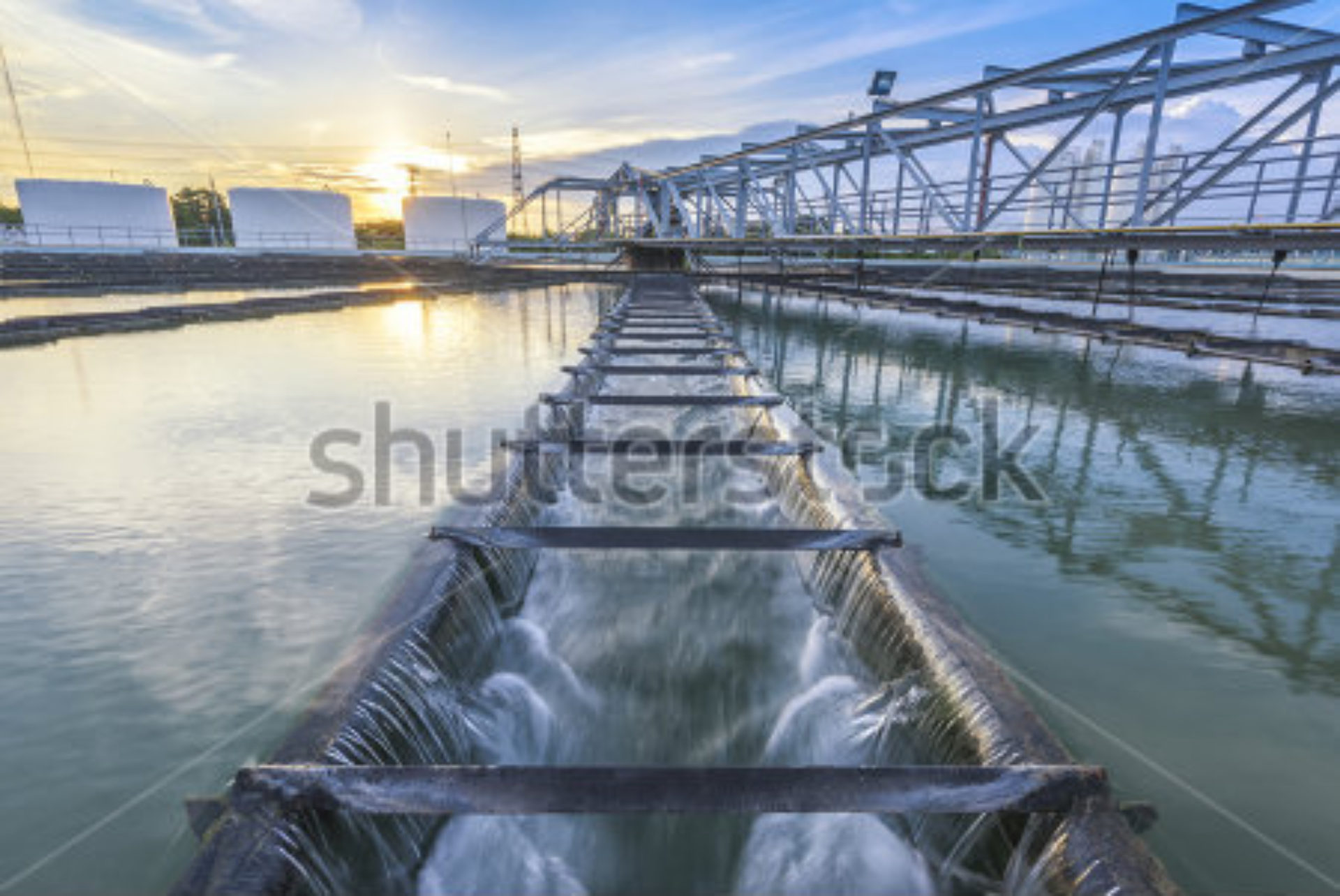
A 360-degree look at an Effectively Managed Utility to protect public health and the environment in the 21st century
The performance measurements provide a clear set of reference points and are intended to help utilities maintain a balanced focus on all important operational areas rather than reactively moving from one problem to the next or focusing on the “problem of the day.”
Customer Satisfaction
Employee and Leadership Development
Water Resource Sustainability
Stakeholder Understanding and Support
Enterprise Resiliency
Community Sustainability
Infrastructure Strategy and Performance
Product Quality
Financial Viability
Operational Optimization
Industry-leading practices delivered out of the box
Using industry practices can offer a set of powerful business tools for utilities of all sizes. You can use them to fine-tune your performance and manage the risks you face while operating in more efficient and sustainable ways.
Improving Performance. Success is all about how you perform at every level of your organization. Leading industry practices promote a culture of continual improvement.
Reducing business risk. Utilities today simply can’t afford to take an improvised, reactive approach to risk. Using leading practices can help you identify your risks and minimize them.
Becoming more sustainable. By helping you to take a close look at how you’re using energy and resources, using standards can save you money and improve your image, while benefiting the environment.
Encouraging innovation. In a global economy of rapidly emerging new technologies and markets, standards help set the rules and establish frameworks, making it easier to innovate successfully.

Our solution has over 70 pre-defined utility leading practices and over 150 utility performance metrics.
Performance Benchmarking for Effectively Managed Utilities
Industry benchmarks are tools to help assess the performance of your business, by comparing it with others in your industry. Benchmarking compares one’s business processes and performance metrics to industry bests and best practices from other utilities.
Our best practice benchmarking helps utilities evaluate various aspects of their processes in relation to best practices of similar utilities, usually within a peer group defined for the purposes of comparison. This allows organizations to develop plans on how to make improvements or adapt specific best practices, usually with the aim of increasing some aspect of performance
Benchmarking may be a one-time event but is often treated as a continuous process in which utilities continually seek to improve their practices. Our external benchmarking allows utilities to tailor needs based on the following criteria:
Population Served
30,000 and above
Service Connections
10,000 and above
Geographical Region
All US 50 states
Primary Water Source Type
• Ground Water, Ground Water Purchased,
• Surface Water, Surface Water Purchased,
• Ground Water under influence of Surface Water,
• Purchased Ground Water under influence of Surface Water Source
Revenue
$20M and above


